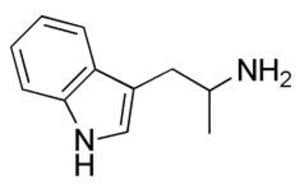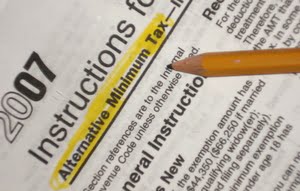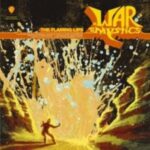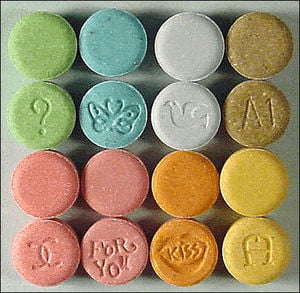AMT is what is known as a research chemical. The psychoactive properties of research chemicals are not particularly well-known or studied, since there have been few if any clinical trials on humans or animals done with the chemical in this respect. Thus, the primary sources for data on the mechanism, use, and side-effects of AMT continue to be individual usage reports. Even though not enough clinical studies with AMT have been conducted to suggest that it poses a true threat when used recreationally, the DEA moved AMT to schedule 1 status on its list of controlled substances in 2003, making possession, sale, or use of the chemical illegal.
AMT’s history began in the 1960s when researchers discovered the chemical had properties similar to monoamine oxidase inhibitors (MAOIs) which were the predominant anti-depressant medicine of the time. Although AMT showed some potential as an antidepressant, it was scrapped after a brief sale from a pharmaceutical company. It saw very little recreational use until the 1990s when it saw a slight surge in popularity as a recreational drug. It is due to this rebirth in popularity among the drug-curious population that supposedly led the DEA to its decision to schedule the drug as a controlled substance.
AMT belongs to the psychedelic family of psychoactive drugs, alongside LSD, psilocybin, and peyote. It is usually prepared in powder form and the most common method of use involves ingesting the drug orally. However, like other psychoactives it can be snorted or smoked to expedite the effects. Many users have complained of a characteristic nausea and vomiting caused by orally ingesting AMT. Structually, AMT is an analogue of amphetamine which accounts for stimulant effects of the substance in addition to psychedelic experiences. Thus, it is important to approach AMT as something similar, yet markedly different from other known psychedelics. Furthermore, since AMT is a research chemical that has not been subjected to a lot of research as a recreational substance, it is very important to gather as much information about the substance as you can before you choose to use it.
The effects of AMT are similar to those produced with other psychedelics including euphoria, mood elation, closed-eye visuals, and increased awareness. Due to its stimulant characteristics, AMT can also cause a much more marked increase in personal energy compared to a substance like psilocybin for example. The most pronounced negative physical effects of the drug include nausea and vomiting as well as tension which can manifest itself in anything from general anxiety to jaw-clenching. These tension effects are most-likely produced by AMT’s mechanism as a stimulant.
AMT is not a party drug. Its profound effects even at doses as small as 20mg make it more of a tool for introspection, enlightenment, or thoughtful mental journeys. Furthermore, since the substance can have marked negative effects on coordination, it is not advised to move around in such a way that you could potentially injure yourself. Certainly do not operate any machinery or drive a car while under the influence of AMT or any other psychedelic substance. And on a final note, it is ALWAYS a good idea to experiment with a substance when a sober friend whom you trust is nearby. This friend can keep an eye on you, give you aid if you need it, and steer you away from potentially dangerous situations.
AMT is a little-understood drug that one should exercise caution toward. Although it seems wrong for the DEA to make illegal a substance that hasn’t been properly studied, it is not something that should be taken lightly.




